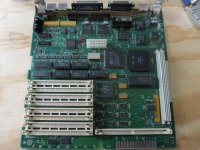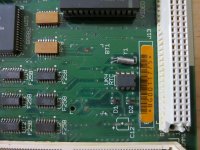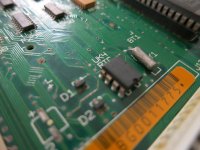Elfen
Well-known member
I would disagree with the vinegar bath. Vinegar is an acid and putting battery acid on acid is going to compound the problem. If anything you need the opposite - baking soda. Baking soda and water bath will neutralize the battery acid and you can use a plastic brush (like a cheap hair brush) to scrub the corrosion off. Then rinse in warm water several times to get the baking soda out.
After that you can do part II - Cap Goo removal. I forgot who it was, but one forum member uses "Scrubbing Bubbles" spray liquid to remove cap goo and in looking into it, it does have ammonia salt liquids and ammonia does cut cap goo. If you go this route, you still need to rinse with water and chase with alcohol and acetone the tough areas.
After that you can do part II - Cap Goo removal. I forgot who it was, but one forum member uses "Scrubbing Bubbles" spray liquid to remove cap goo and in looking into it, it does have ammonia salt liquids and ammonia does cut cap goo. If you go this route, you still need to rinse with water and chase with alcohol and acetone the tough areas.





